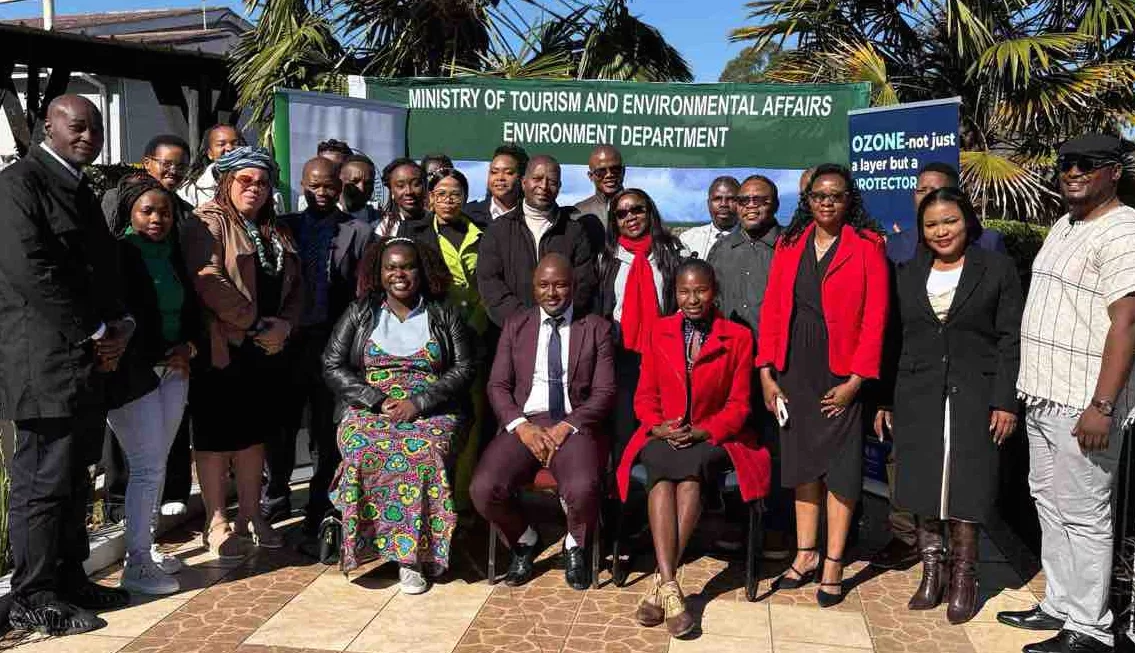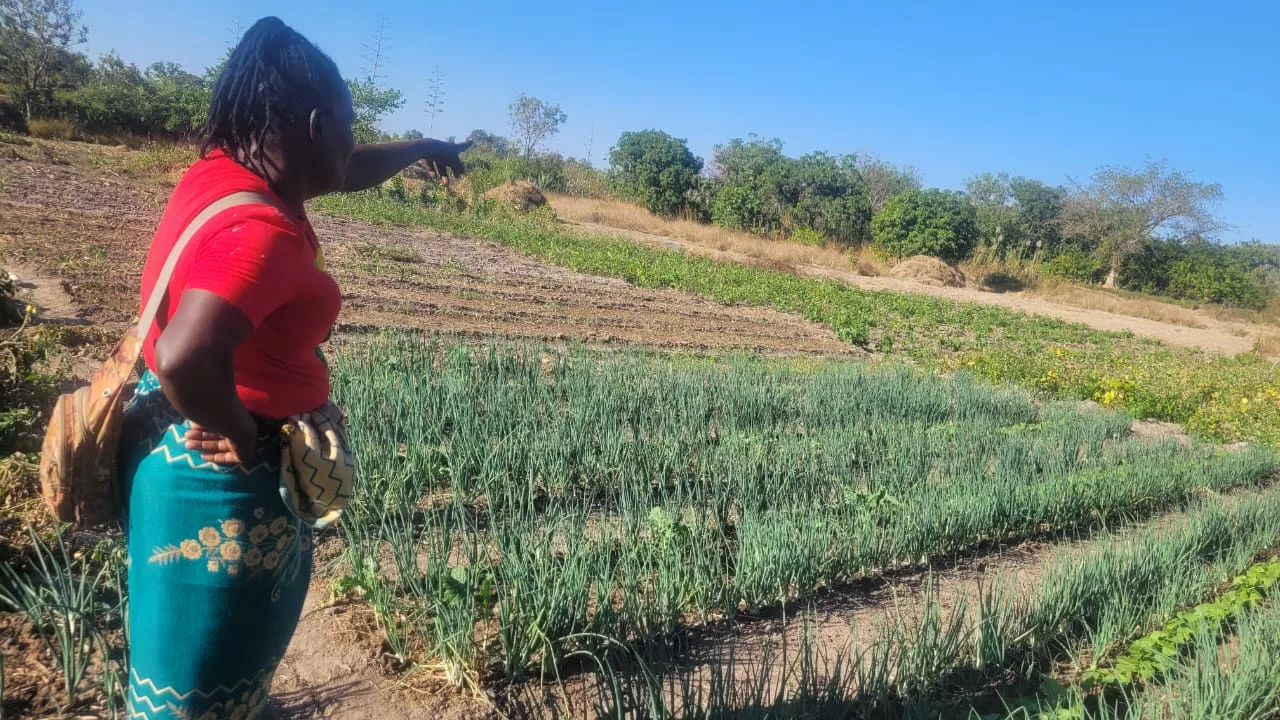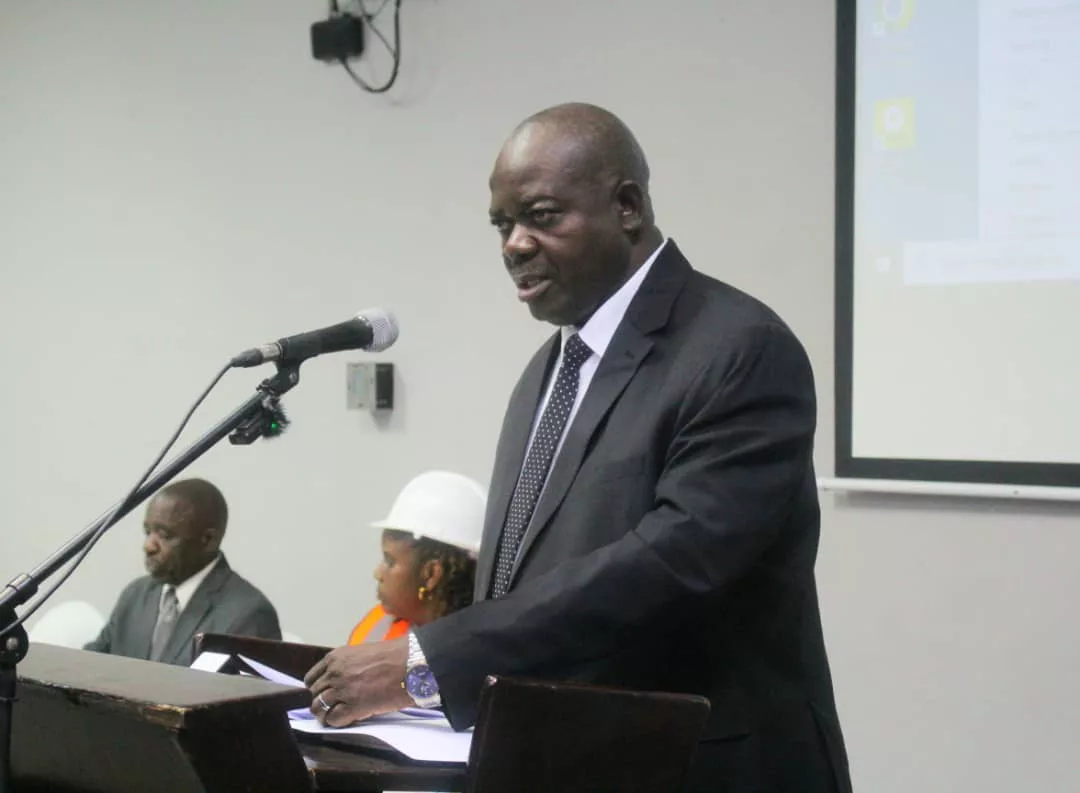|
Getting your Trinity Audio player ready...
|
KAMPALA, UGANDA – Zimbabwe’s Minister of Lands, Agriculture, Fisheries, Water and Rural Development, Hon. Dr. Anxious Jongwe Masuka has said multi-stakeholder collaboration is the best way of developing Africa’s agricultural advancement.
He was speaking during a side event of the African Union Extraordinary Summit on the Comprehensive Africa Agriculture Programme ((CAADP) in Kampala, Uganda titled “Tools for delivering on Africa’s Agrifood Systems Transformation Goals in Implementing the CAADP-Kampala Agenda: Guidelines for National and Sub-national Level Action” on Thursday 9th January 2025.
The session was chaired by Mrs. Estherine Lisinge Fotabong, the Director of Agriculture, Food Security, and Environmental Sustainability at the African Union Development Agency (AUDA-NEPAD).
Dr. Masuka was sharing country experiences and game changers in strengthening and aligning frontline implementation capacities for the CAADP- Kampala Agrifood systems transformation commitments.
“These thoughts are context-specific in that they relate to my experience in the country of Zimbabwe. When I came into government, I had worked in the private sector for 30 years, and what I learned in most instances is the disparity between what the private sector does and what the government does, as if the private sector and government are different governments and different countries, and that’s one thing that struck me.
“So I will be talking about CAADP as a government process. The private sector is talking about something else, and now I am bringing this to say, what does CAADP stand for for us? And then what is the context of agriculture? The missing link in Zimbabwe was that agriculture was regarded as a sector. Although we say we are an agro-based economy, no one contextualizes the linkages between agriculture and the rest of the sectors to draw more investment into agriculture,” Dr. Masuka said.
He said as an agro-based country, or as an agro-based economy, agriculture will cause development, and it will cause manufacturing to move, because, in Zimbabwe, 63% of the raw materials in manufacturing come from agriculture, and agriculture consumes 40%.
So, if one is investing in agriculture, they are directly investing in economic growth in manufacturing.
He alluded to the constitutional right and human right to water and sanitation.
“In Zimbabwe, we drilled boreholes in 35,000 villages. Water is an economic enabler and a constitutional right. So I think we need then to say agriculture is a causative effect. It is a co-factor effect in terms of development. It has a collateral and multiplier effect and in this third installment of CAADP (2026,-2035), we see this link of the systems approach. So I think that’s the greatest achievement.
“We must have this brought out about what agriculture causes. Once we do so, we are then able to say if you are investing in agriculture, you are indirectly investing in everything else. And in economic development, 70% of the population in Zimbabwe is involved in agriculture daily, and subsistence agriculture. So it is agriculture done differently that is going to uplift these communities to what we ever want,” Dr. Masuka said
He encouraged innovativeness in terms of financing arrangements for agriculture. and building the basics to be able to attract private-sector investment.
“So, you need to look at these aspects to say how does the state create a very strong facilitator environment for the private sector to begin to invest? What incentives do you provide? As an example, the President of Zimbabwe on the 5th of July this year, headlined an irrigation investment conference.
“And we say, if it’s the state alone, climate-proofing agriculture cannot be done, but we need this innovation. And he says, ask about what you want. And so far, we are following lines of credit of about 1.5 billion US dollars into dam development, irrigation infrastructure development, and also into value chain financing. And we’re saying the dam is an economy, no longer what it used to be. So, the innovation aspect is critical.”
He emphasised that as long as stakeholders are unable to attract over 50% of the countries’ population into agriculture, which is the youth, the future of agriculture will be doomed.






